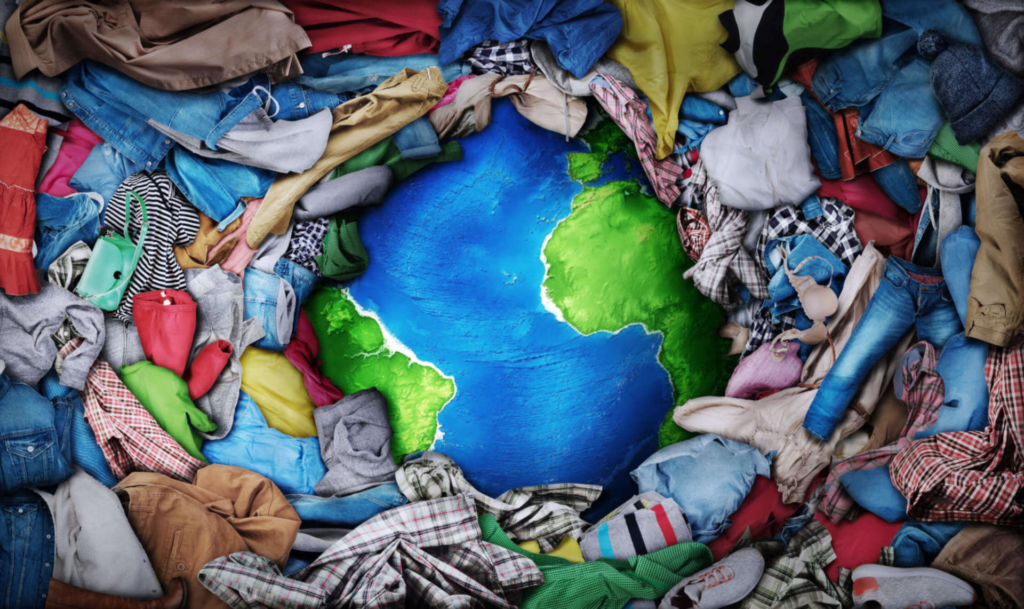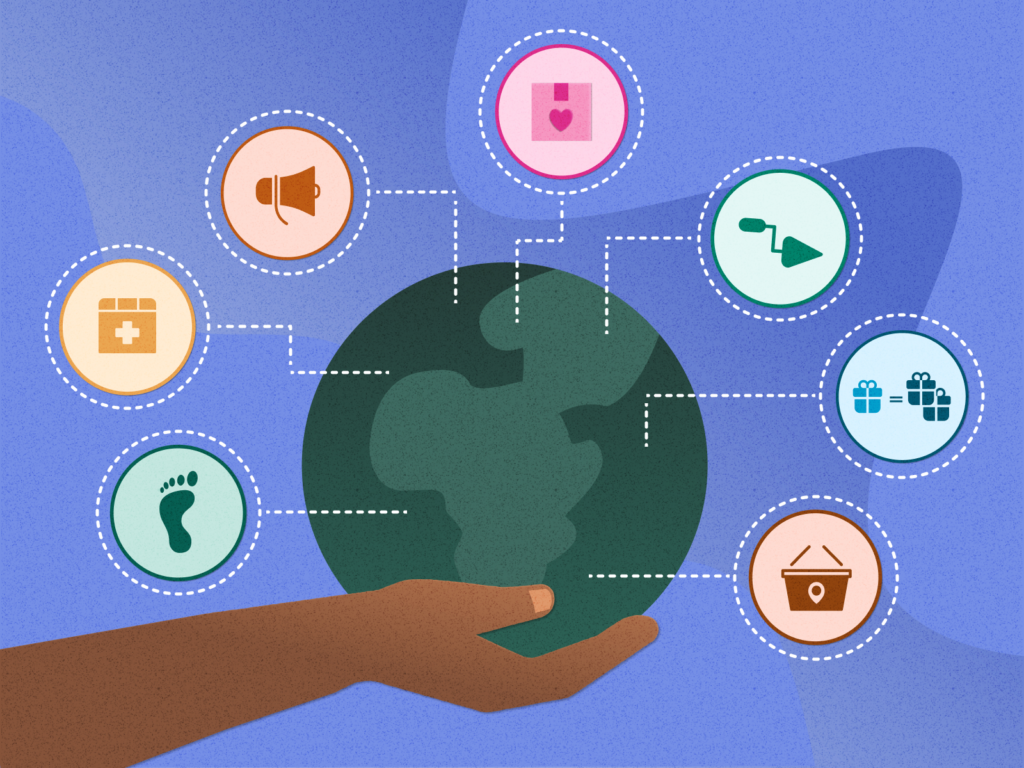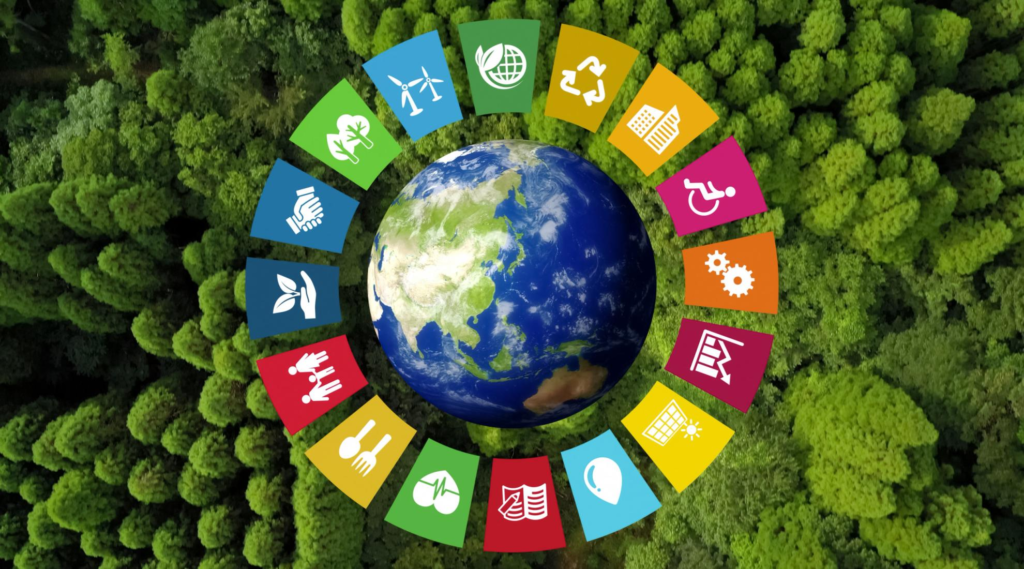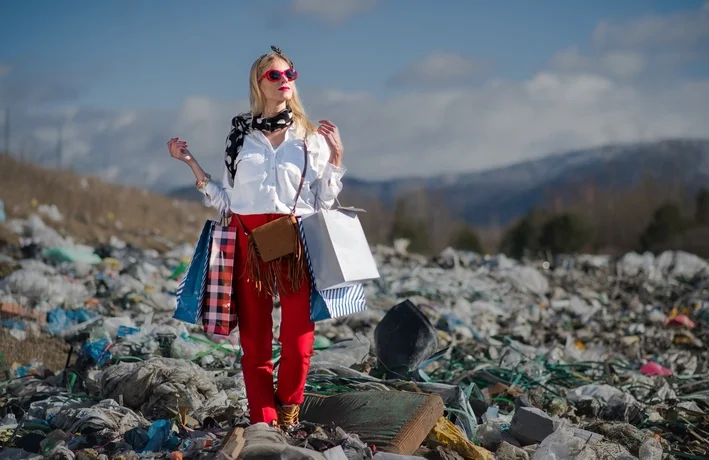Fast Fashion’s environmental impact in 2025 is more urgent than ever, as the industry continues to drive resource depletion, pollution, and waste on a global scale. Understanding the true cost of fast fashion is essential for consumers, brands, and policymakers seeking a more sustainable future.
The Rise of Fast Fashion and Its Global Reach
Fast fashion refers to the rapid production of inexpensive clothing that mimics current trends, making style accessible but at a significant environmental cost. Brands like Zara, H&M, and Shein have popularized this model, producing billions of garments annually. In 2025, the fast fashion industry is valued at over $185 billion, fueled by social media and consumer demand for newness and affordability.
Fast Fashion’s Environmental Impact: Water, Carbon, and Waste

Fast fashion’s environmental impact is most visible in its massive consumption of water, emission of greenhouse gases, and generation of textile waste. The industry is the second-largest consumer of water, using up to 93 billion cubic meters annually—enough to meet the needs of millions of people. Producing a single cotton shirt can require 2,700 liters of water, while a pair of jeans may need 10,000 liters.
The carbon footprint is equally staggering. Fast fashion is responsible for 8–10% of global greenhouse gas emissions, surpassing the combined output of international flights and maritime shipping. In 2024, the industry emitted over 1.2 billion tons of CO₂, with projections indicating a 50% increase by 2030 if current trends continue.
Textile waste is another critical issue. Consumers discard 92 million tonnes of clothing each year, with 85% ending up in landfills or incinerated. Synthetic fibers like polyester, which dominate fast fashion, take centuries to decompose and release microplastics into waterways, contributing to ocean pollution and harming marine life.
The Hidden Costs: Microplastics, Chemicals, and Supply Chains

Fast fashion’s environmental impact extends beyond visible waste. The widespread use of synthetic fibers results in microplastic pollution, with each laundry cycle releasing up to 700,000 microfibers into the environment. These microplastics account for 35% of ocean pollution from textiles.
Chemical usage in dyeing and finishing processes is another major concern. Textile dyeing is the second-largest polluter of clean water globally, with toxic runoff contaminating rivers, especially in developing countries where environmental regulations are lax. Factories in countries like Bangladesh and India often discharge untreated wastewater, damaging ecosystems and endangering communities.
Supply chain opacity further complicates accountability. Most brands only measure direct emissions (scope 1 and 2), while the majority of environmental impact occurs in the supply chain (scope 3). According to Good On You’s 2025 Fashion Planet Benchmark Report, only 7% of large brands track their full supply chain emissions, highlighting a significant gap in industry responsibility.
Social and Ethical Implications

Fast fashion’s environmental impact is closely linked to social issues. The industry relies on low-cost labor in developing countries, often under unsafe conditions and with minimal wages. The 2013 Rana Plaza disaster in Bangladesh, which killed over 1,100 garment workers, remains a stark reminder of the human cost behind cheap clothing. In 2025, fewer than 2% of garment workers earn a living wage, and labor violations persist worldwide.
Can Fast Fashion Be Sustainable in 2025?

While some brands are making efforts to reduce their environmental impact, progress is slow and often limited to surface-level initiatives. Many large brands have adopted recycled polyester or launched “sustainable” collections, but only a minority invest in true circularity or supply chain transparency. According to the Fashion Transparency Index, the average transparency score among major brands is just 26%, with only a handful exceeding 70%.
Technology offers hope for improvement. AI-driven supply chain management, blockchain for traceability, and innovations in sustainable materials are helping some brands reduce waste and emissions. However, systemic change requires industry-wide collaboration, investment in research and development, and stronger regulations.
The Role of Consumers: Shifting Demand and Conscious Choices

Consumer behavior is a powerful driver of change. In 2025, 73% of Gen Z shoppers express willingness to pay more for sustainable products, pressuring brands to adopt cleaner practices. Movements like #WhoMadeMyClothes and the rise of secondhand and rental fashion are reshaping the industry, with pre-owned clothing expected to account for 10% of global sales this year.
Choosing quality over quantity, supporting ethical brands, and embracing slow fashion are effective ways for individuals to reduce their environmental footprint. Opting for natural fibers, buying secondhand, and demanding transparency from brands can collectively drive the industry toward sustainability.
Alternatives and Solutions: Toward a Circular Fashion Economy

The most effective way to mitigate fast fashion’s environmental impact is to slow down consumption and transition to a circular economy. This involves designing durable garments, promoting repair and reuse, and investing in recycling infrastructure. Currently, only 1% of used clothing is recycled into new garments, underscoring the need for systemic change.
Brands leading the way—such as Patagonia, Eileen Fisher, and Everlane—prioritize sustainable materials, fair labor, and transparency. Governments and industry groups are also beginning to implement stricter regulations and support for sustainable innovation.
Frequently Asked Questions
- What is fast fashion’s environmental impact in 2025?
Fast fashion in 2025 drives water depletion, high carbon emissions, and massive textile waste, making it a leading contributor to global environmental degradation. - How much water does the fashion industry use?
The industry consumes up to 93 billion cubic meters of water annually, with a single cotton shirt requiring 2,700 liters to produce. - What are microplastics, and how are they linked to fast fashion?
Microplastics are tiny plastic fibers shed from synthetic clothing during washing, accounting for 35% of ocean microplastic pollution. - Can fast fashion become sustainable?
While some brands are adopting sustainable practices, true sustainability requires systemic change, transparency, and a shift toward circularity. - How can consumers reduce their impact?
Buy less, choose quality over quantity, support ethical brands, and opt for secondhand or rental clothing to minimize environmental harm.
Conclusion
Fast fashion’s environmental impact in 2025 is a pressing global issue, but meaningful change is possible through informed consumer choices, industry innovation, and stronger regulations. By prioritizing sustainability and demanding accountability, we can collectively shape a more responsible fashion future. Ready to make a difference? Start by choosing quality, supporting ethical brands, and spreading awareness about the true cost of fast fashion.


